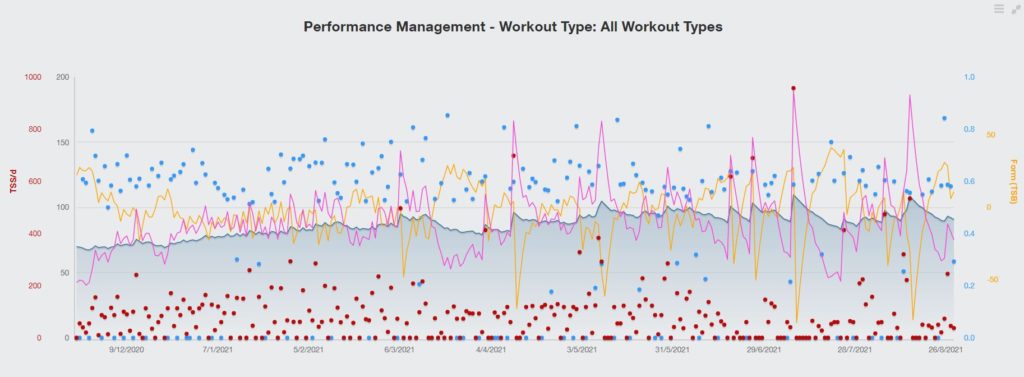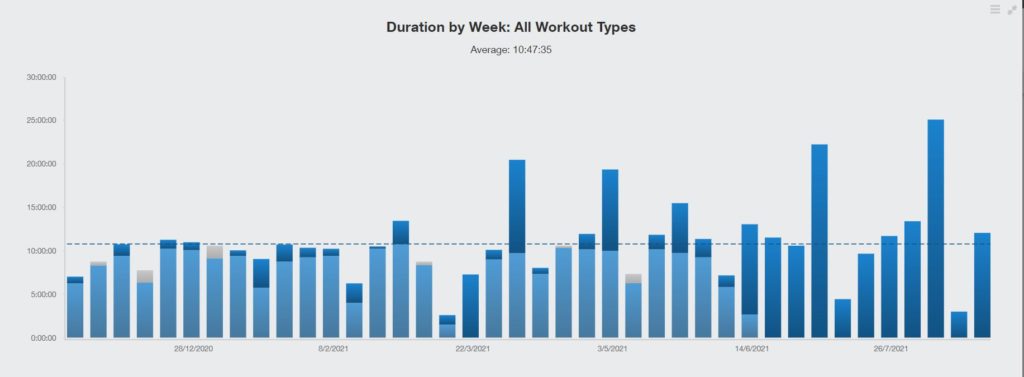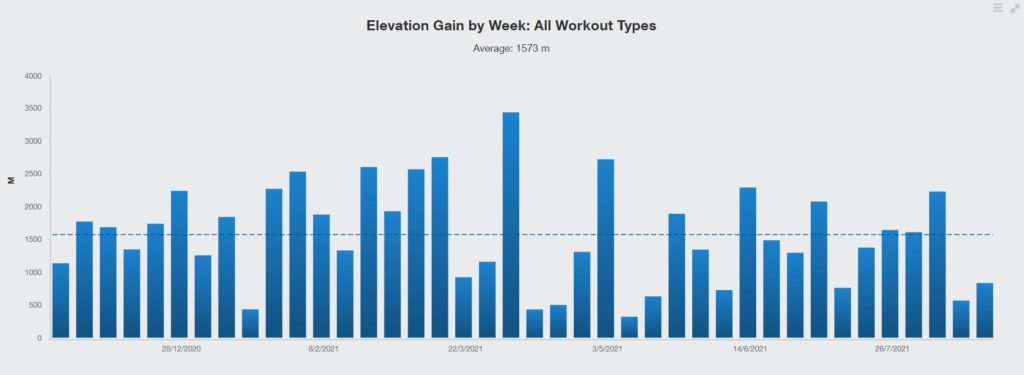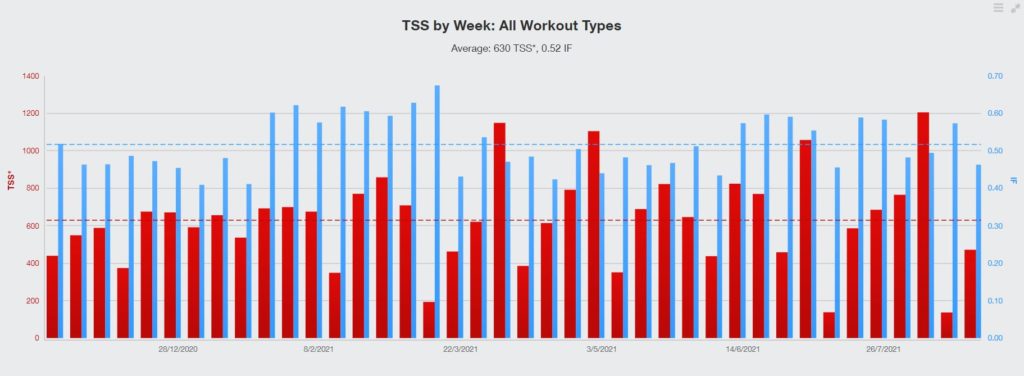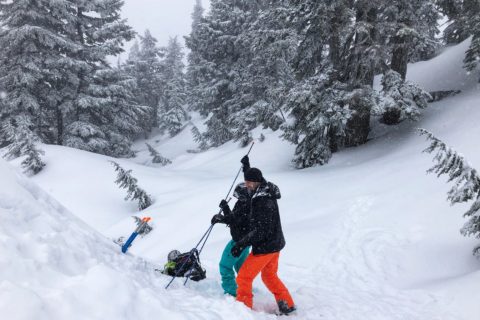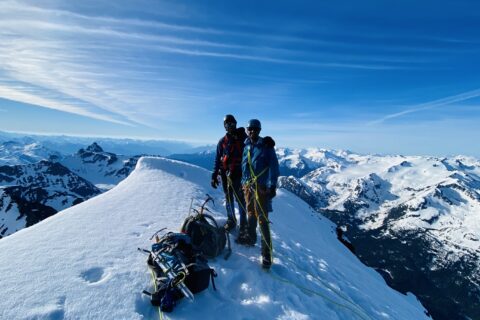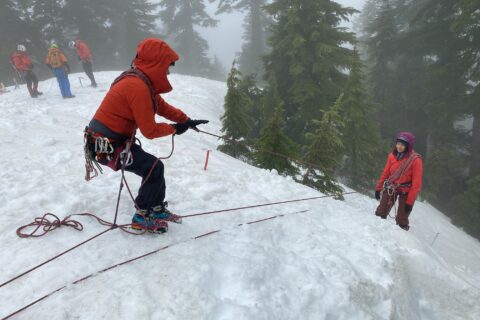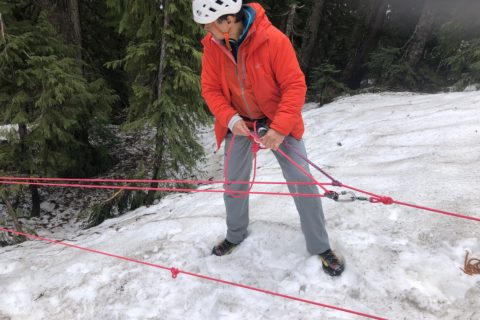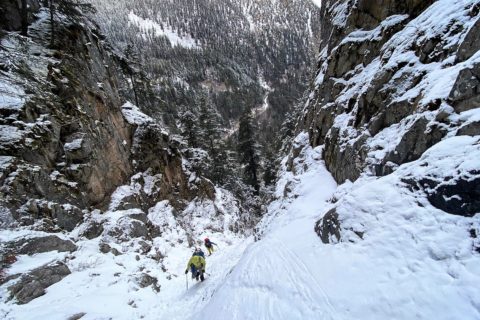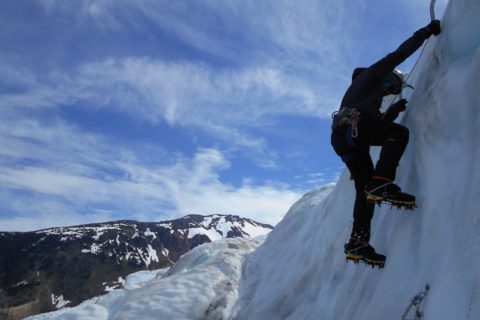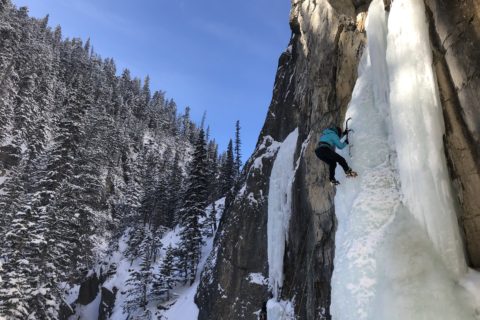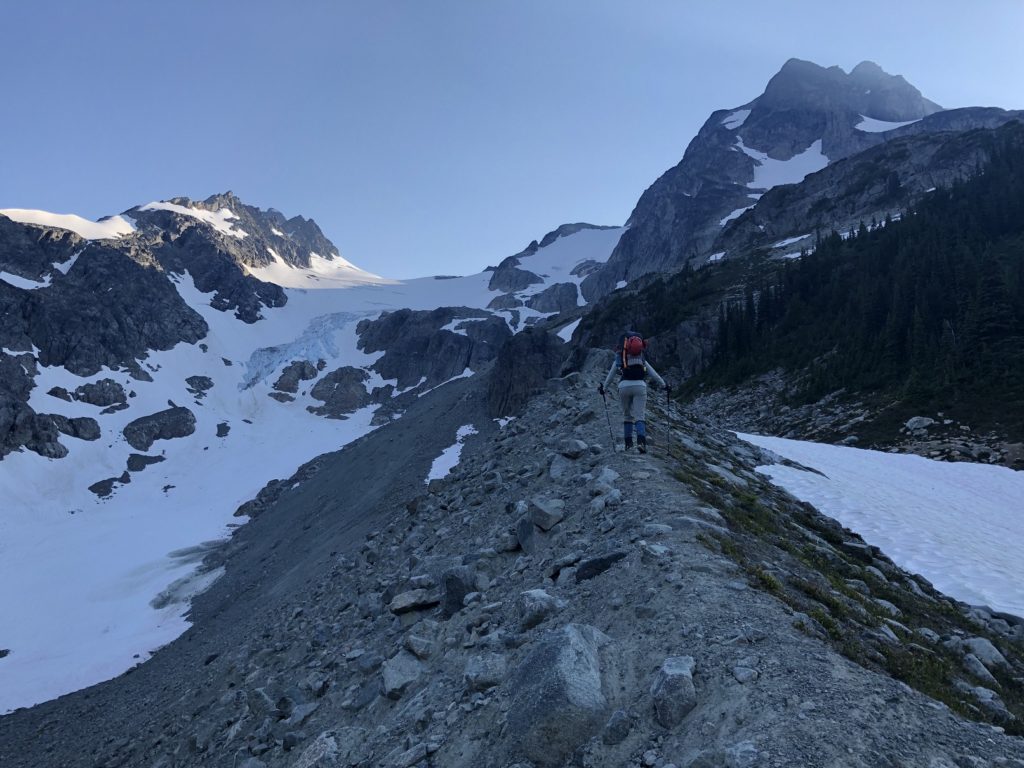
*******
Jan 18, 2023 Update:
I started my training using Uphill Athlete 24-Week Mountaineering Training Plan in 2020. There have been some changes at Uphill Athlete, which impact the content I have shared below, so I thought of giving a quick update.
Scott Johnston was the co-founder of Uphill Athlete. In Sep 2022, he left Uphill Athlete to start Evoke Endurance. 15 of the 17 coaches left with Scott to join him on this new journey. I provided community support (emails, forums, some backend) at Uphill Athlete, and I also joined Scott and his team.
Scott was the brains behind Uphill Athlete. He had developed most of the training plans, written most of the articles and replied to thousands of athlete questions on the forum and through email. Everything I know about training, I have learned from Scott. So, in the post below, I have updated all links related to Training Plans, Phone Consultations and some other links from Uphill Athlete to Evoke Endurance. I feel it is the right thing to do.
Disclaimer: I work part-time for Evoke Endurance, but these are not affiliate links, and I do not make any money from promoting the training plan.
*******
Last year I started training using the Uphill Athlete 24-Week Mountaineering Plan, and I shared my experience in this post. After a brief break, I started training again with the same plan, and my second cycle was from Nov 22, 2020, to Aug 29, 2021.
After consulting with Scott Johnston, I skipped the transition phase, i.e. the first eight weeks and started with the Base Period at Week 9.
If you are new to this type of training, check this article on Evoke Endurance, which provides an excellent overview of training for mountaineering.
Base Period
Here is what a sample base period in the Uphill Athlete 24-Week Mountaineering Plan looks like –

Monday is a rest day, and I do foam rolling for about 20-30 minutes, which I don’t count towards the weekly workout time. On rest days, I avoid doing any other workout, but occasionally I would go to the climbing gym with my daughter. Usually, I do laps on easy routes on auto-belay.
When I go indoor climbing, I track my actual time on the climb. Then, based on the difficulty, I assign a stress score (TSS) to the workout. As per the Uphill Athlete guideline, I set a TSS of 50 per hour for climbs below my onsight level and a score of 100 when I am (rarely) climbing at my max level.
Mountaineering Max Strength
In the Base Period, I did two Max Mountaineering Strength workouts in a week. I was doing these workouts in my basement with a basic setup – a yoga mat, step platform, 2x-25 lb dumbbells, weight vest and a pull-up bar.
Max Mountaineering Strength session consisted of a 15-minute warmup followed by Core and then Max Strength workouts. Later in training, I included shoulder exercises with elastic bands as part of my warmup as I had some minor rotator cuff pain.
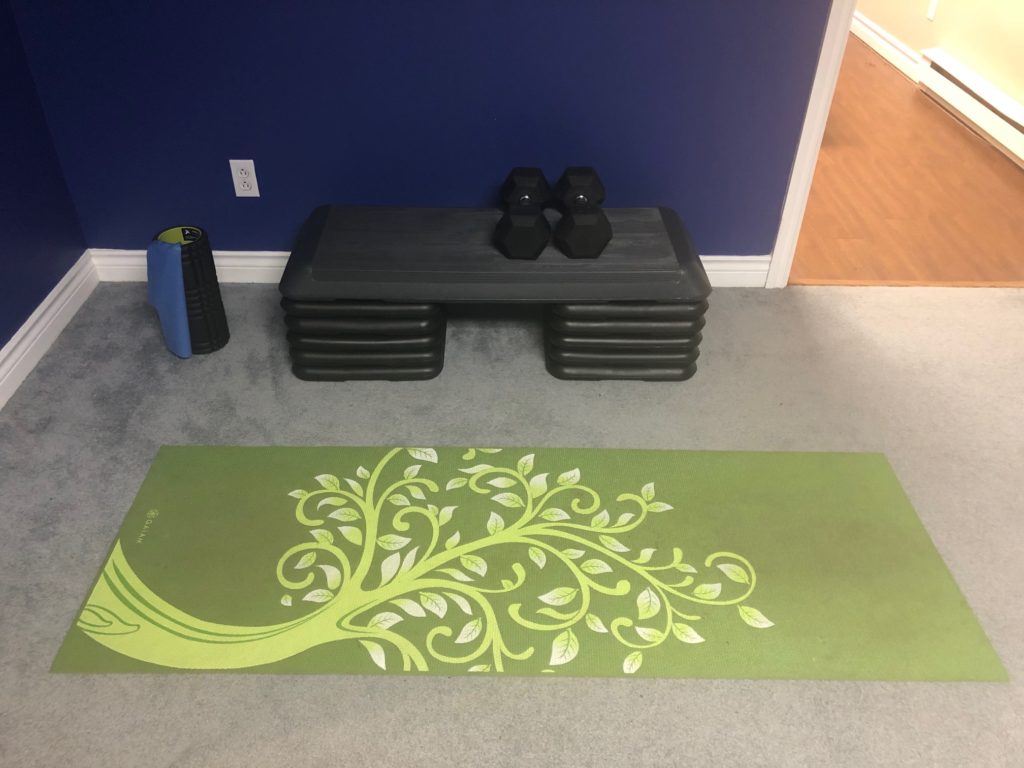
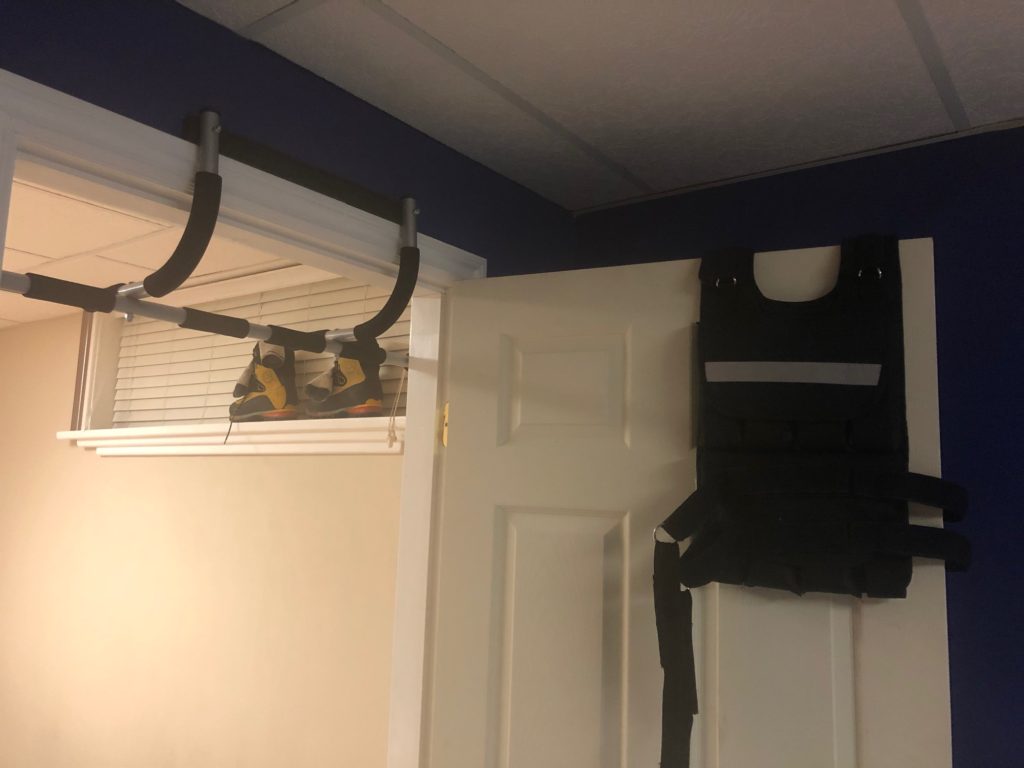
After the warmup, I would put on my weight vest and boots and have them on for both the Core and Max Strength workouts. For Core, I would do Hanging Leg Raises with bent knees, Three-point, Kayaker with the dumbbell and Side Plank with the dumbbell. Six reps (or six seconds) max of each exercise in a set and gradually progressed to doing four sets.
Check out this guide from Uphill Athlete for details on each strength workout
For the Max Strength, I did two couplets with four reps of each exercise
#1 – Box Step-Ups and Push-Ups
#2 – Box Step Downs and Slow Lowering on the pull-up bar
Here again, it was a gradual progression, and I did a max of six sets of each couplet. By the end of the base period, I was comfortable doing box step-ups with 2x – 25 lb dumbbells and a 42.5 lb weight vest. The slow lowering on the pull-up bar was the most challenging workout for me.
Aerobic Workouts
As per the plan, I did about four aerobic workouts in a week, including the recovery workout. Since last year my Aerobic Threshold (AeT) had improved from 125 to about 150. Given the Anaerobic Threshold (AnT) of about 170, I still had some work to do to get my Aerobic Threshold within 10% of AnT i.e. fix my Aerobic Deficiency. So my goal was to keep my heart rate below 150 for all the aerobic workouts.
Check this article for details on determining different thresholds and their impact on training.
For the first few weeks, I mainly did the shorter workouts at the gym and then did one of the longer workouts on BCMC Trail (3 km one way with 800 m vertical). At times I would also do laps on Coquitlam Crunch stairs (about 425 of them up and down).
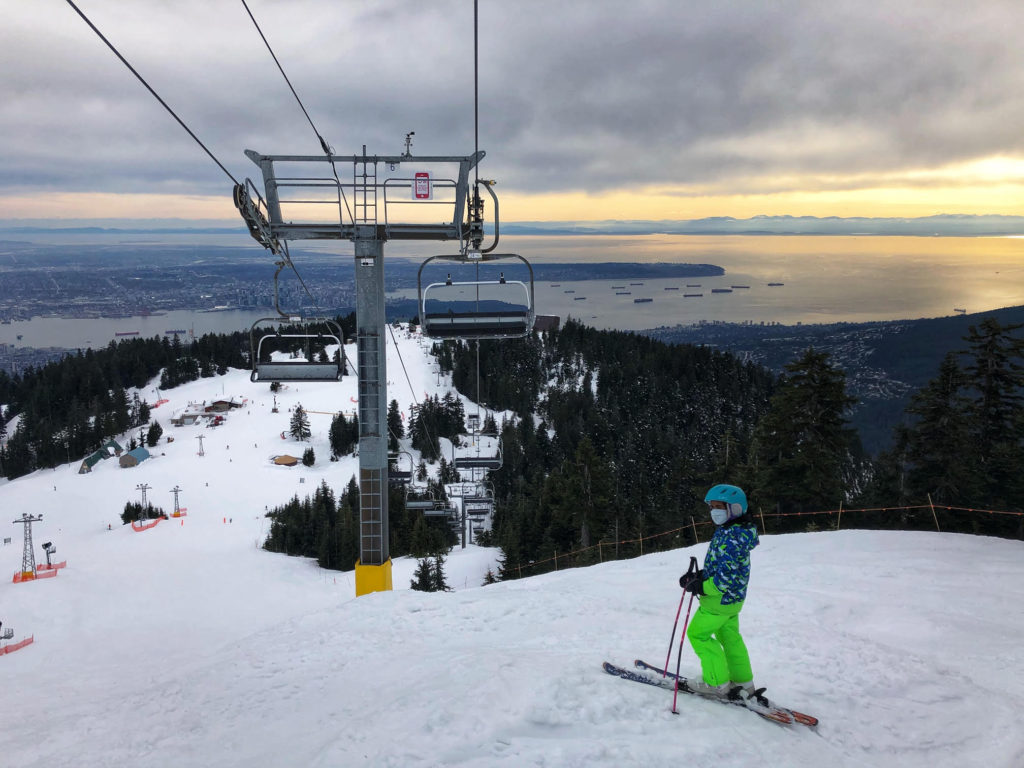
Around mid-December, I started skiing with Kavya once or twice a week. Instead of weekends, we would go skiing on weekdays in the evening to do more skiing than waiting at the ski lifts. Skiing down from the peak at Grouse with some of her friends was the highlight for her.
Conversion to Specificity Period
After eight weeks of the Base period, I was ready to do some mountaineering-specific training. Here is a sample week from this period –

Each completed workout in Training Peaks gets a colour based on the duration of the workout vs. planned. Here is the explanation from the Training Peaks user guide –
- Green – Completed value is +/- 20% of planned values
- Yellow – Completed value is 50%-79% or 121-150% of planned values
- Orange – Completed value is more than 50% above or below planned
- Red – Workout was not completed
- Grey – Unplanned workouts (completed values with no planned values)
In this phase again, I did two strength training workouts (Z3 weighted climb and Mini-max) and the rest of them were aerobic workouts.
Muscular Endurance
The Z3 Weighted Climb is the Muscular Endurance (ME) workout. The goal here is to go up a steep hill with a heavy backpack where the limiting factor is the fatigue in your legs and not your breathing. That’s why it’s critical to have a heavy backpack and a steep trail.
Check this article to learn more about Muscular Endurance.
Given the ease of access, relatively steep grade and the option to take the gondola down, I chose the BCMC trail for this workout. For my first session, I carried 35 lb in my 35L backpack. The backpack had hit its limit in terms of weight, and without any padding, for the waist belt, it was too uncomfortable. All the weight was on my shoulders. It took me two hours and fifteen minutes to get to the top. Almost an hour more than what it took me to do the hike without any weight. Thank God, the next day was a recovery day.
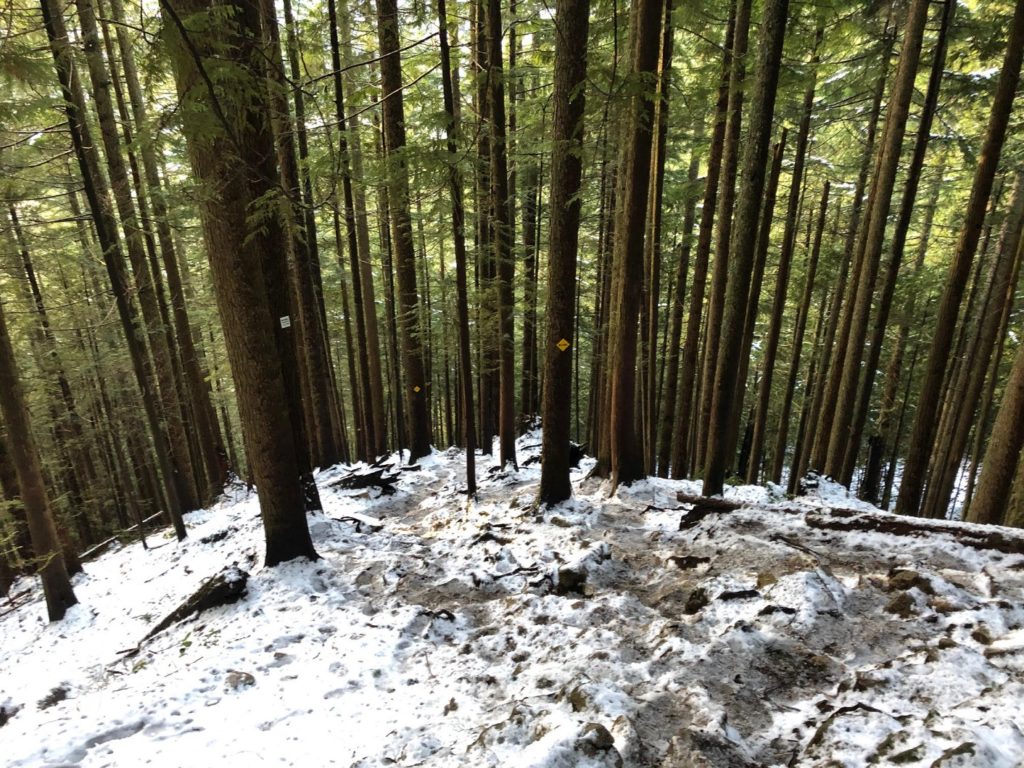
I gradually increased the weight, and by the end of this training period, I could carry about 55 lbs in my Osprey 70L backpack in about an hour and fifty-five minutes. I was still slow, but mentally I was prepared for the effort.
Aerobic workouts in this phase consisted of one long hilly workout where I would carry a backpack with 15-20% of my weight, and others were unweighted shorter workouts. For the unweighted workouts, I did skiing at Grouse, laps on Coquitlam Crunch stairs and/or Treadmill/Stairmaster at the gym.
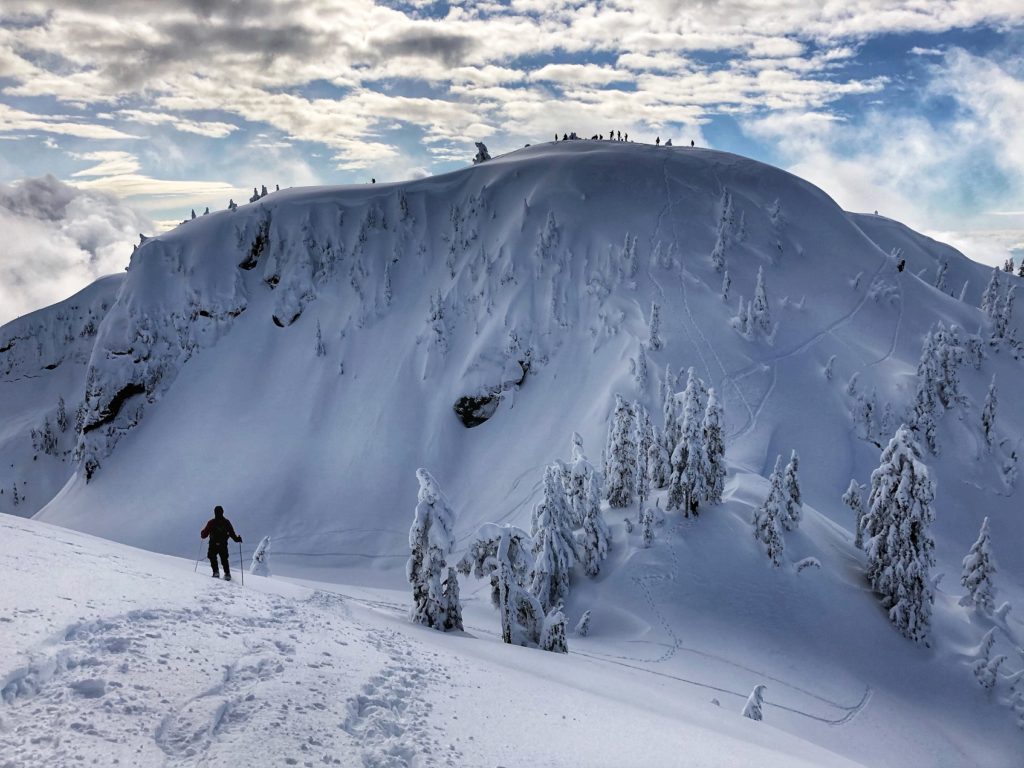
For the long hilly workout, the North Shore Mountains and Garibaldi Provincial Park offered many options. Mount Seymour, Mount Fromme, Garibaldi Lake, etc. – all provided excellent elevation gain, and the hikes ranged from three to ten hours. These hikes also helped me build confidence in exploring the backcountry in the winter.
Spring & Summer
By the end of March, I had completed eight weeks of Base Period and eight weeks of Muscular Endurance. With two months to go before the alpine climbing season started, I decided to repeat eight weeks of the Base Period. I still had two months of building capacity in other words, I would continue to put money in the bank.
I followed the same structure of two strength sessions and four aerobic workouts in a week, and I would schedule a recovery week every fourth week. At times, it was challenging to manage everything but I tried not to miss more than one workout in a week.
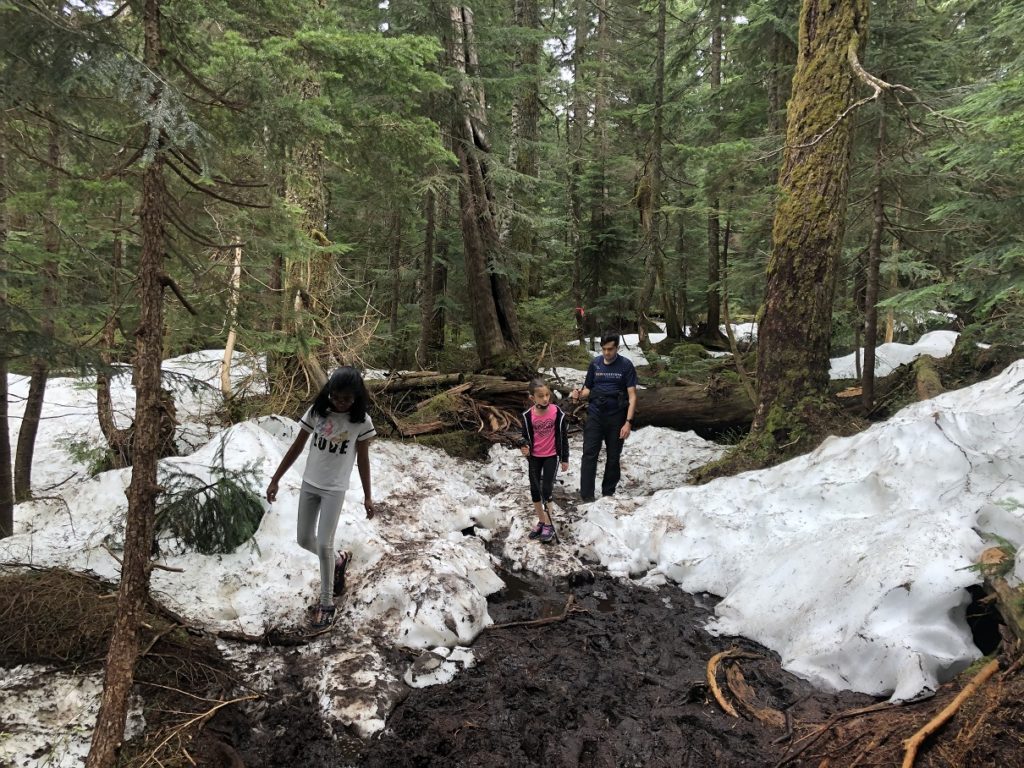
Later in spring, we did some long family hikes. Although the workout intensity was lower than I wanted, these hikes helped me balance family time and my training time.
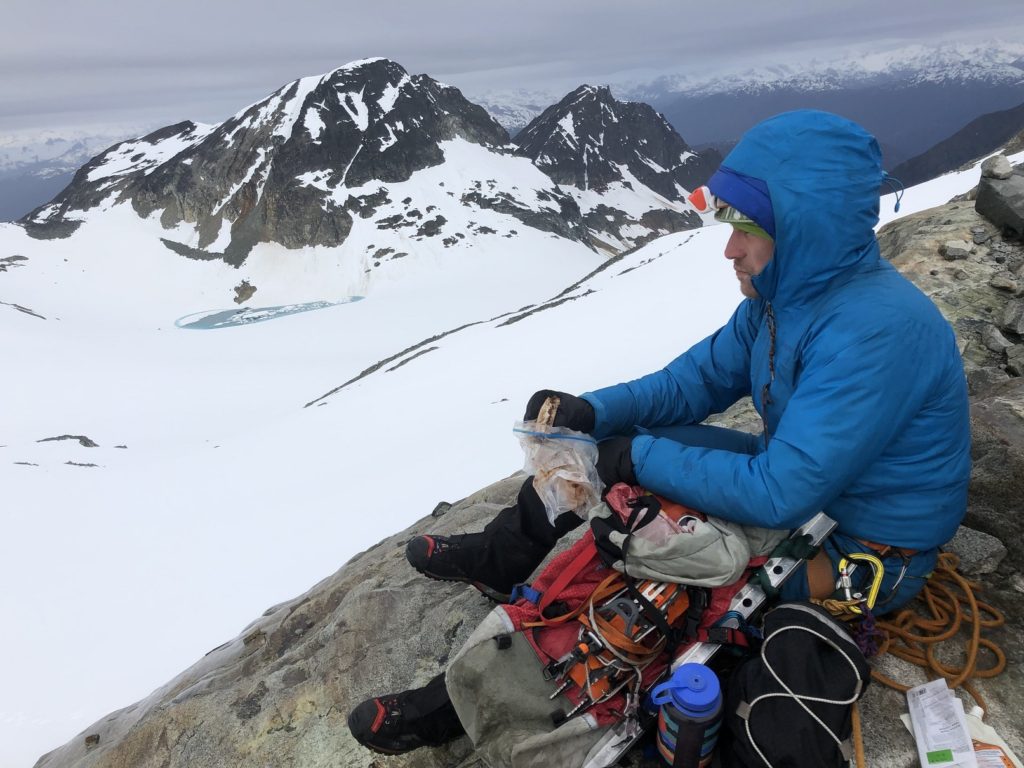
As June came around, it was time to start withdrawing from the bank. One of my first mountaineering trips of the season was to Wedge Mountain. Due to bad weather, Oudi and I had to turn back but it was a great start to the season. Over the summer, I did a total of six alpine climbing trips with difficulty ranging from PD+ to D (alpine ratings). This included two 18-hour days.
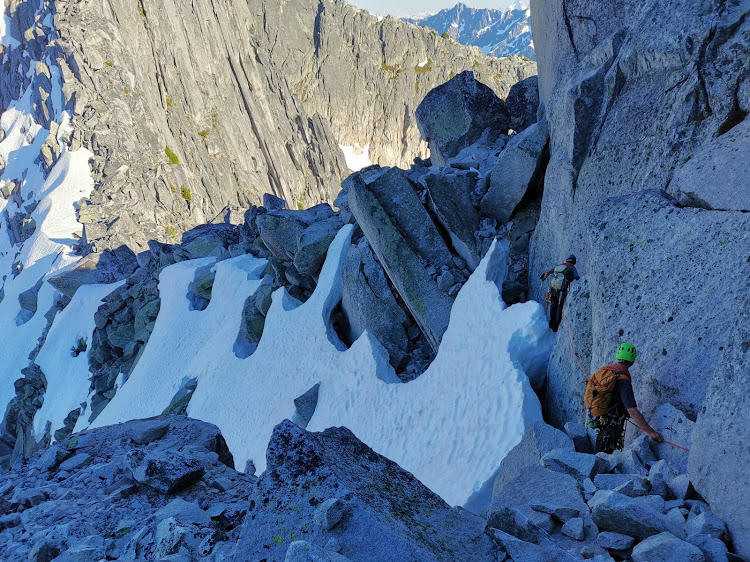
During summer, I was more in maintenance mode and planned my workouts around the big trips. After a trip, it was common for me to take two to three days off for recovery. I would do an easy strength session and shorter aerobic sessions on the remaining days of the week.
Following the Uphill Athlete training program not only prepared me for the big days in the mountains but also helped me get mentally prepared for the effort.
Training Summary
Date Range: Nov 22, 2020, to Aug 29, 2021, 40 weeks
Total Hours (Training & All Activities): 432, Avg. Hours/Week: 10.8
Total Distance: 885 km; Avg. Distance/Week: 22.1 km
Total Elevation Gain: 62,920 m; Avg. Elevation Gain/Week: 1573 m
Hours in Zone 1/2 (below AeT): 92%; Hours in Zone 3/4 (above AeT): 8%
Updated Aerobic Threshold (AeT): 155
Updated Anaerobic Threshold (AnT): 174
Resources:
Evoke Endurance: Training Plans | Forum | Books | Podcast
BC Trail Info: Outdoor Vancouver | Vancouver Trails | Bivouac
If you are in Lower Mainland, check out British Columbia Mountaineering Club for trips and courses.
Disclosure: I am a member of BCMC and a moderator on the Uphill Athlete forum. I am not affiliated with any of the other individuals or organizations.
Did you enjoy reading this post? Please subscribe to get weekly updates. Please share your feedback in the comments section below. Thank you!


